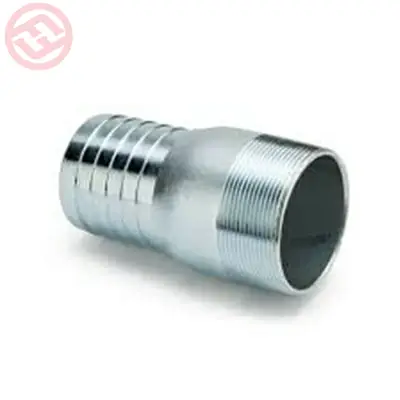Joining steel pipe nipples to other components in a system typically involves threading the ends of the nipples and the corresponding components and then connecting them together using threaded fittings.
Here’s a step-by-step guide:
- Prepare the Ends: Ensure that the ends of both the steel pipe nipples and the components you’re connecting them to are clean and free of debris. Use a wire brush or sandpaper to clean the threads if necessary.
- Thread the Ends: Use a pipe threader or die set to thread the ends of the steel pipe nipples and the corresponding components. Make sure the threads are clean and cut to the appropriate depth.
- Apply Thread Sealant: Apply an appropriate thread sealant or joint compound to the male threads of the steel pipe nipples. This helps create a tight seal and prevents leaks.
- Assemble the Connection: Screw the threaded ends of the steel pipe nipples into the corresponding components, such as fittings, valves, or other pipes. Use a pipe wrench to tighten the connection securely, but be careful not to over-tighten, which could damage the threads.
- Check for Leaks: After assembling the connection, perform a visual inspection and check for any signs of leaks. You can use a soap solution or a leak detection spray to identify leaks more easily. If leaks are detected, tighten the connection slightly until the leaks stop.
- Pressure Test (Optional): Depending on the application and local regulations, you may need to perform a pressure test to ensure the integrity of the connection. Follow the appropriate procedures for pressure testing according to industry standards and guidelines.
- Secure the Connection: Once the connection is assembled and tested, you may need to secure it further by using pipe hangers or brackets to support the weight of the pipes and prevent them from shifting or vibrating.
By following these steps, you can effectively join steel pipe nipples to other components in a system, creating a reliable and leak-free connection for various applications.
